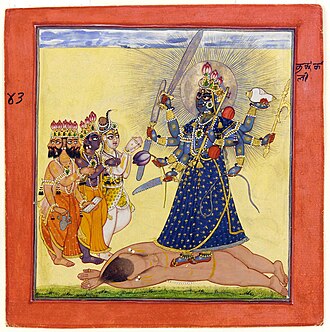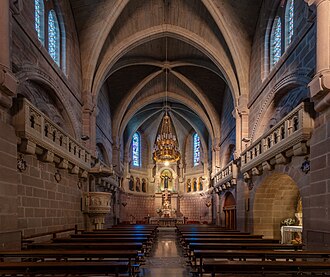




The atmospheric glow blankets southern Europe and the northwestern Mediterranean coast, outlined by city lights. At left, the Po Valley urban corridor in Italy shines with the metropolitan areas of Milan and Turin and their surrounding suburbs.
Read More



NASA’s X-59 quiet supersonic research aircraft lifts off for its first flight Tuesday, Oct. 28, 2025, from U.S. Air Force Plant 42 in Palmdale, California. The aircraft’s first flight marks the start of flight testing for NASA’s Quesst mission, the result of years of design, integration, and ground testing and begins a new chapter in NASA’s aeronautics research legacy.
Read More
| Picture of the day |
|---|

|
|
A macro shot of a red-and-green macaw’s (Ara chloropterus) eye, Serra da Capivara National Park, Piauí state, Brazil.
|


This NASA/ESA Hubble Space Telescope image features a galaxy, NGC 2775, that’s hard to categorize.
Read More


NGC 1068, a relatively nearby spiral galaxy, appears in this image released on July 23, 2025.
Read More
| Picture of the day |
|---|
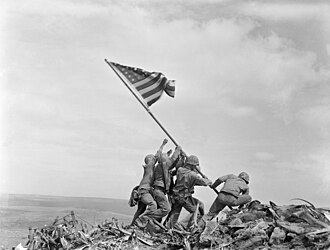
|
|
U.S. Marines raising the American flag on Mount Suribachi during the Battle of Iwo Jima. Today is the United States Marine Corps birthday on which it turns 250 years old.
|


NASA ER-2 pilot Kirt Stallings waits inside the transport vehicle at Edwards, California, on Thursday, Aug. 21, 2025, moments before boarding NASA’s Armstrong Flight Research Center’s ER-2 aircraft for a high-altitude mission supporting the Geological Earth Mapping Experiment (GEMx). Through the vehicle window, the aircraft can be seen being readied for flight.
Read More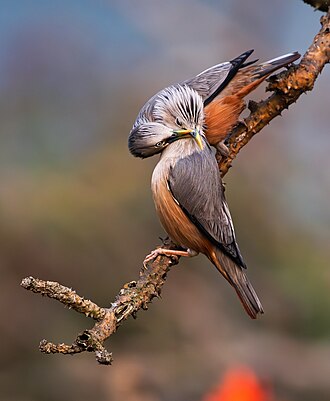
| Picture of the day |
|---|

|
|
Two chestnut-tailed starlings (Sturnia malabarica) kissing while perched on a branch in Satchari National Park, Bangladesh
|

| Picture of the day |
|---|

|
|
Two tender mushrooms (Mycena galericulata) on dead wood lying under the trees. Focus stack of 20 photos.
|

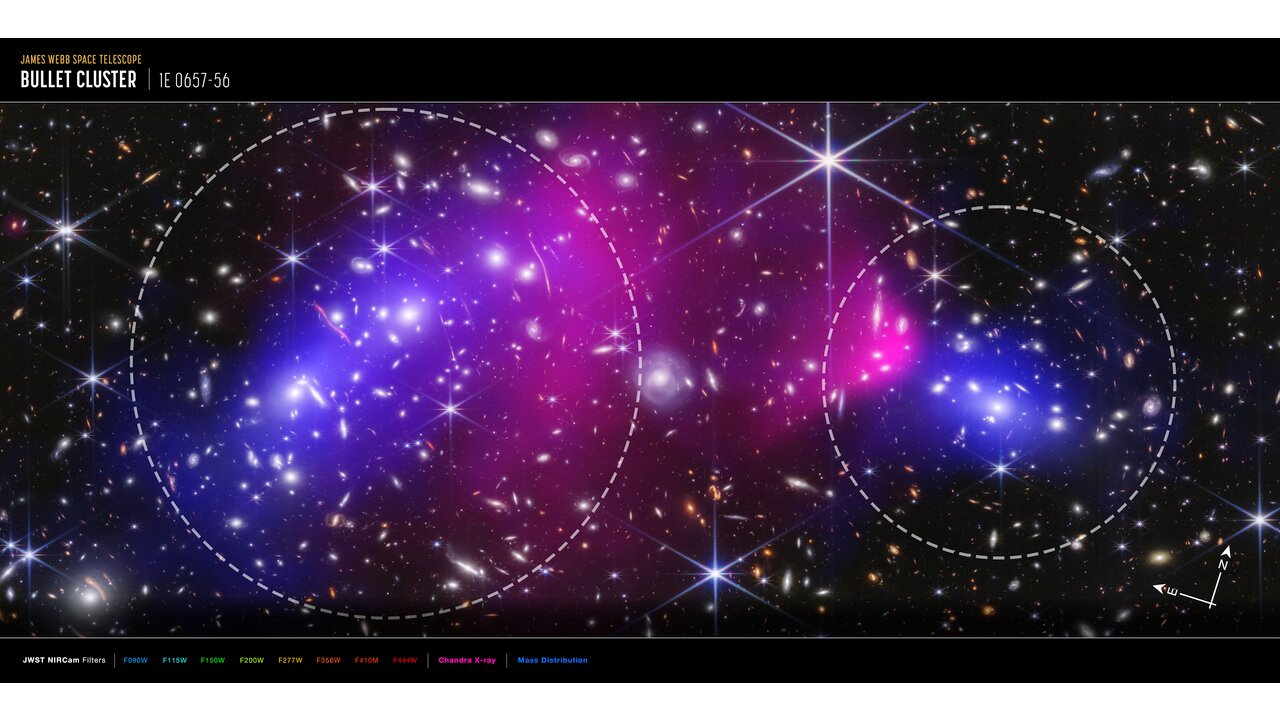

This image shows two massive galaxy clusters. The vast number of galaxies and foreground stars in the image were captured by NASA’s James Webb Space Telescope in near-infrared light. Glowing, hot X-rays captured by NASA’s Chandra X-ray Observatory appear in pink. The blue represents the dark matter, which was precisely mapped by researchers with Webb’s detailed imaging.
Read More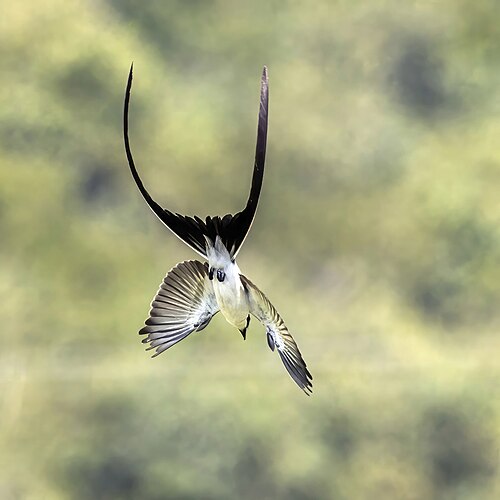
| Picture of the day |
|---|
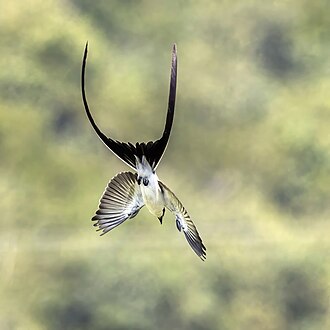
|
|
Fork-tailed flycatcher (Tyrannus savana monachus), chasing prey in Cayo, Belize. This is what the bird looks like when it is flying normally, but not grabbing an insect.
|


The 57.7-foot-long Canadarm2 robotic arm extends from a data grapple fixture on the International Space Station’s Harmony module in this July 23, 2025, image.
Read More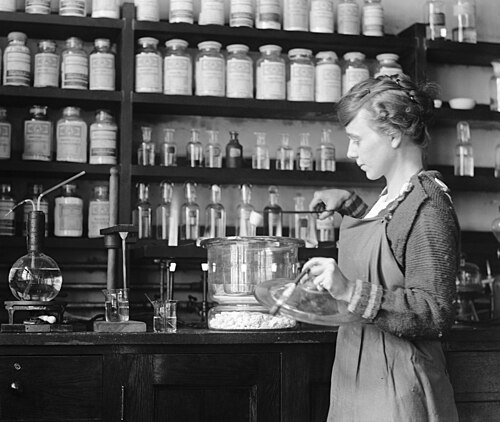
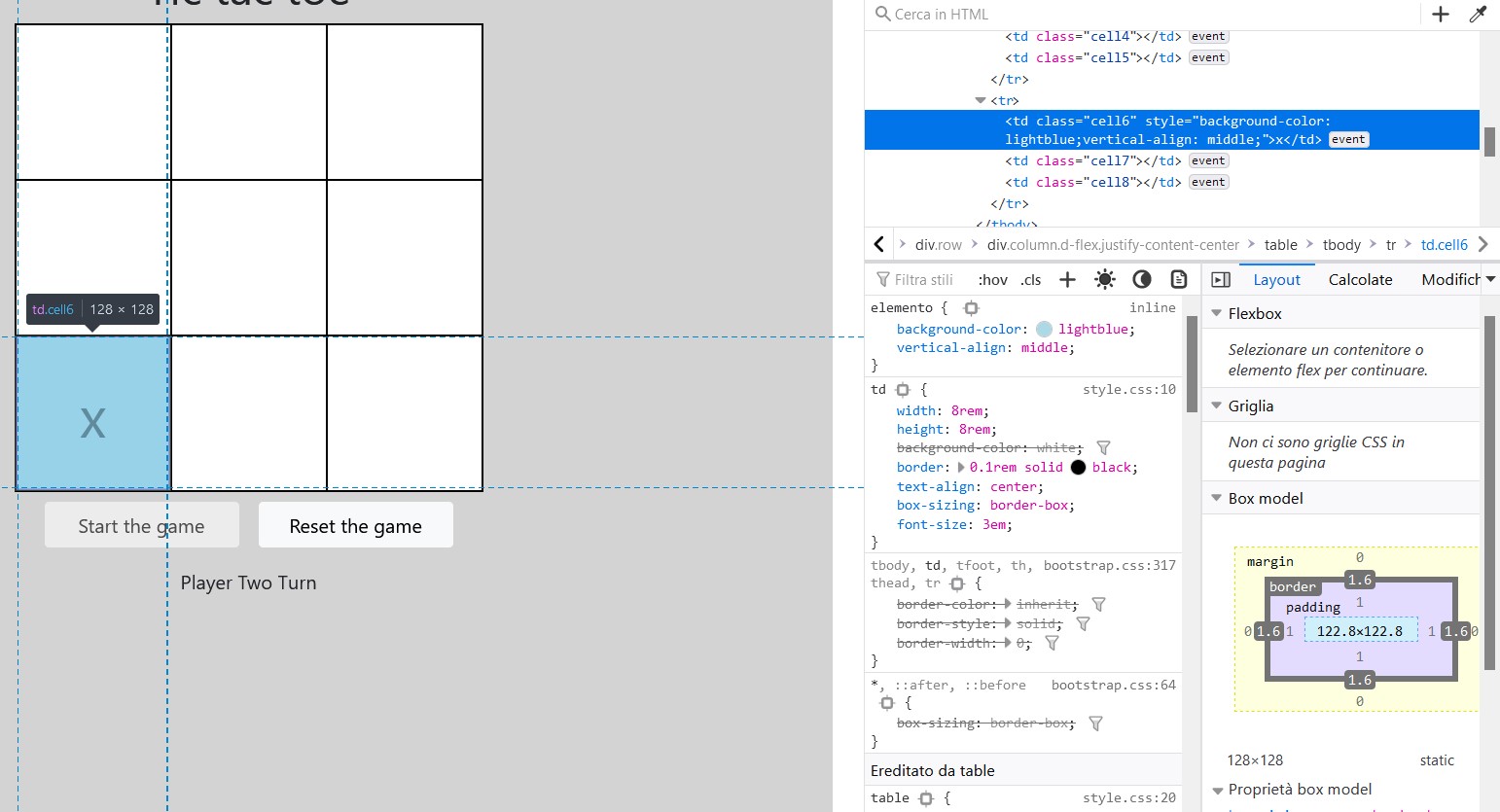
| Picture of the day |
|---|
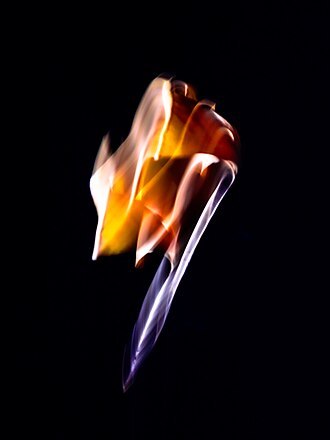
|
|
Photo art “Miracles of nature” based on a yellow ginkgo leaf and intentional camera movement
|

| Picture of the day |
|---|
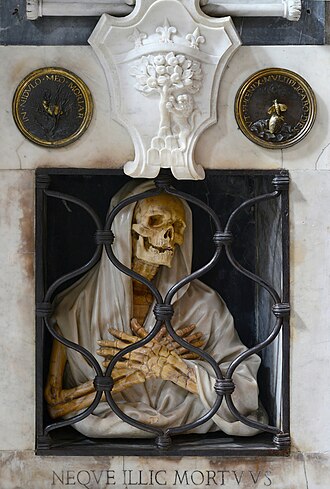
|
|
This memento mori sculpture adorns the Tomb of Gisleni, at the Parish Basilica of Santa Maria del Popolo in Rome. Today is All Souls’ Day.
|
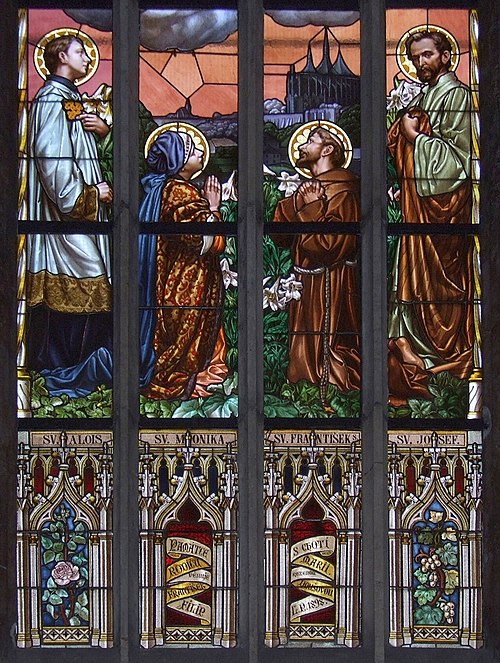
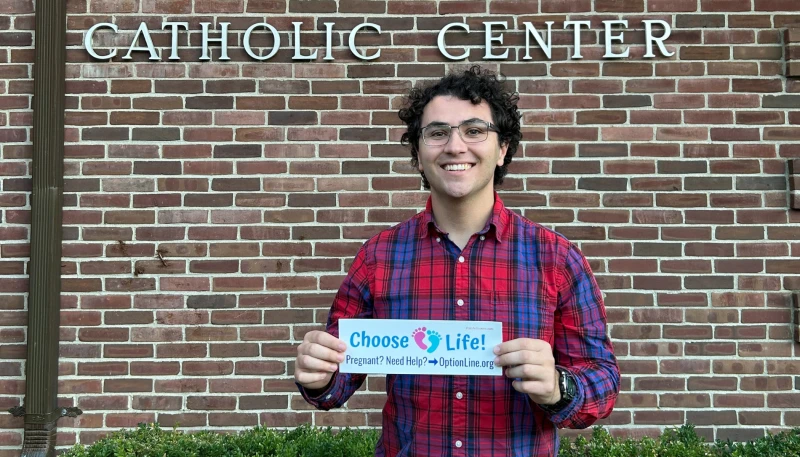

CNA Staff, Nov 10, 2025 / 06:00 am (CNA).
Born and raised Catholic, 22-year-old Gabriel Dionisi always knew that life begins at conception and that it’s wrong to kill an unborn child in the womb. But it wasn’t until he was a teenager that he became more interested in his faith and started to read more Catholic news, which led to him learning more about the abortion issue. Feeling called to do more for the unborn, he created a pro-life ministry using bumper stickers to help spread awareness.
“I’d heard the word abortion before, I knew it was a sin, but I didn’t realize how widespread it was,” Dionisi told CNA in an interview.
One day at Mass, he read a pamphlet explaining the different abortion procedures and was left “disturbed” after reading about how many unborn babies are dismembered in certain kinds of abortion procedures.
He said he was also surprised to hear how many women are pressured into abortion.
“I remember being struck by reading about how many women didn’t want to have abortions — felt pressured or coerced or it wasn’t their first choice — and that was also surprising to me because it made me think, ‘OK, we could actually do something about this,’” he said.

In 2018 Dionisi decided to create bumper stickers encouraging individuals to “choose life.” For women who might be in crisis pregnancies, the stickers include the URL to Option Line, a website run by Heartbeat International that offers a map of pregnancy resource centers around the country. The site also offers a 24/7 helpline with counselors who speak both English and Spanish.
Dionisi explained that he chose to create bumper stickers because they’re inexpensive to print and “there’s such a good return on investment because if you put a bumper sticker on your car and let’s say 20 people see it every day as you drive, you multiply that by 365, that’s over 7,000 a year.”
Since launching his pro-life ministry, Dionisi has shared over 10,000 bumper stickers with people in 45 out of the 50 states.
Speaking to the importance of defending the unborn, Dionisi said: “It’s foundational. If we want to see our country succeed and thrive, we need to respect that value of equal human dignity.”
He added: “The magnitude of the problem is that so many babies are being lost and not just that, but so many women who are being hurt, men who are being hurt, and it affects our whole society when people are just carrying that wound around with them.”
Dionisi said he hopes his bumper stickers are helping to spread awareness of the many resources available for pregnant women in need.
“I think it’s important to spread this awareness to everybody because you never know when someone in your own life might be going through a situation where they need help,” he said.
“The amazing thing about the pro-life movement is that there are so many opportunities for us, just as regular people, to literally save the lives of others. This is especially important as Catholics, because we know that every human being is made in the image of God and has an enormous potential to bring more love into the world.”
Dionisi’s free pro-life bumper stickers can be found here.
Read More
| Picture of the day |
|---|
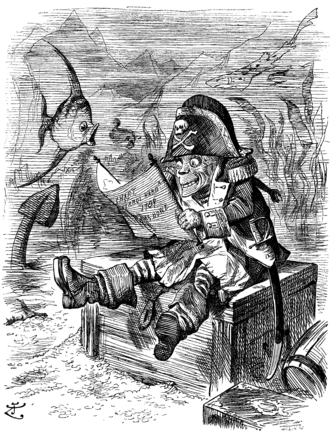
|
|
Illustration of Davy Jones sitting on his locker, wearing a pirate captain’s uniform. Today is Halloween.
|
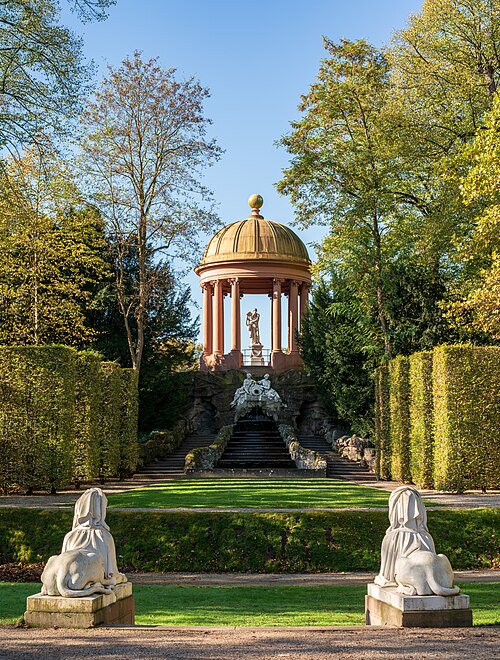
| Picture of the day |
|---|

|
|
Schwetzingen Palace gardens, Schwetzingen, Germany: view from the Garden Theatre to the Temple of Apollo.
|

| Picture of the day |
|---|
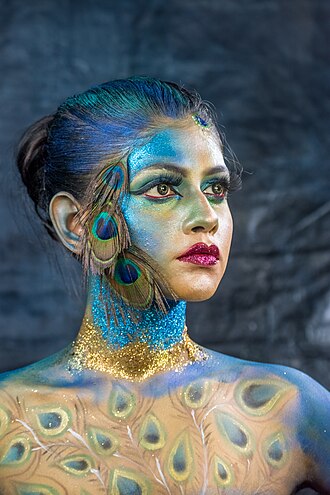
|
|
Portrait of a Peacock dance performer during the harvest festival of Thai Pongal in the Indian states of Tamil Nadu and Kerala.
|

| Picture of the day |
|---|

|
|
Gotland Grand National 2023. Gotland Grand National has long been considered the world’s largest Enduro competition and was first run in 1984.
|

| Picture of the day |
|---|

|
|
A red squirrel (Sciurus vulgaris) eating a nut in Bednarski Park (Kraków, Poland).
|

| Picture of the day |
|---|

|
|
A beach chair on the beach of Juliusruh is illuminated by the rising morning sun.
|


| Picture of the day |
|---|
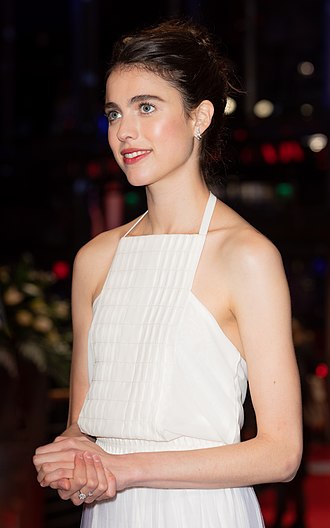
|
|
American actress Margaret Qualley at 70th Berlin International Film Festival. Today is her birthday.
|

| Picture of the day |
|---|

|
|
Mural Kinderfreuden by German painter Dieter M. Weidenbach. Today is his 80th birthday.
|

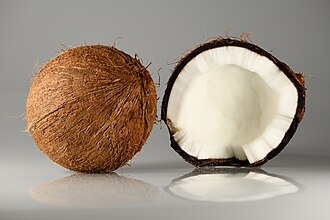
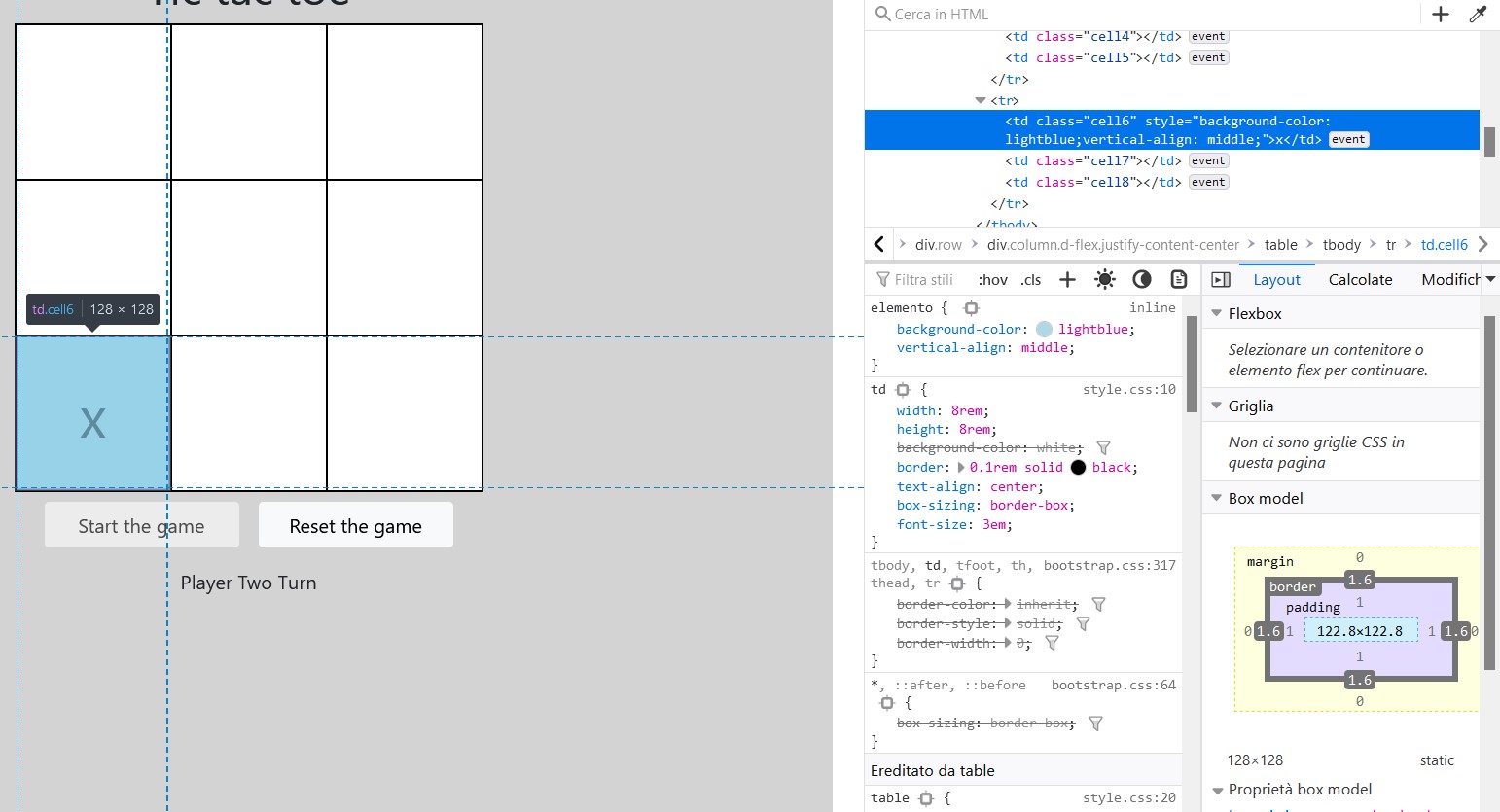
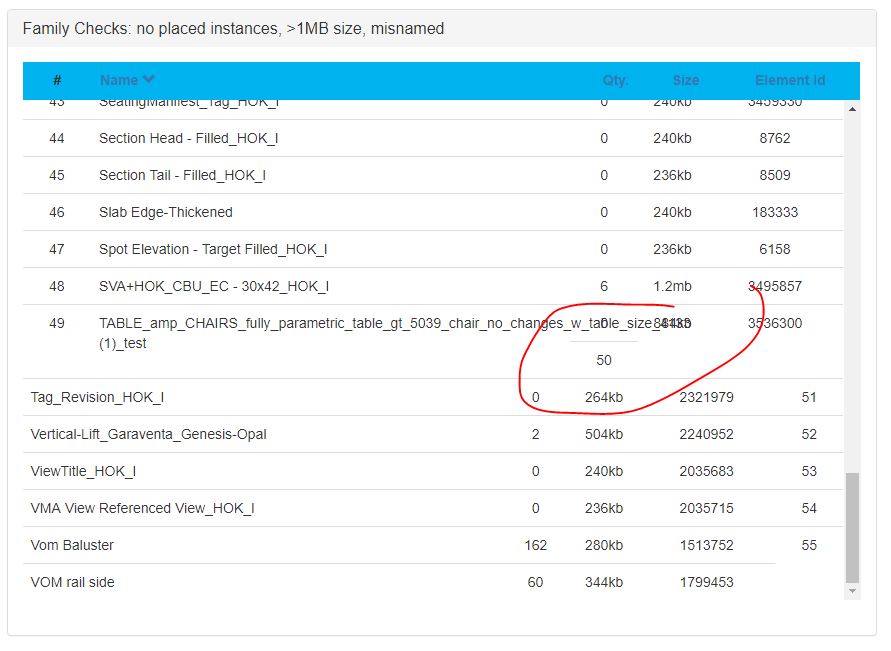
| Picture of the day |
|---|

|
|
Vineyards with colourful autumn leaves at the Scheuerberg in Neckarsulm, Germany.
|

| Picture of the day |
|---|

|
|
Swing ride “Wellenflug” at the Herbstsend in Münster, North Rhine-Westphalia, Germany
|



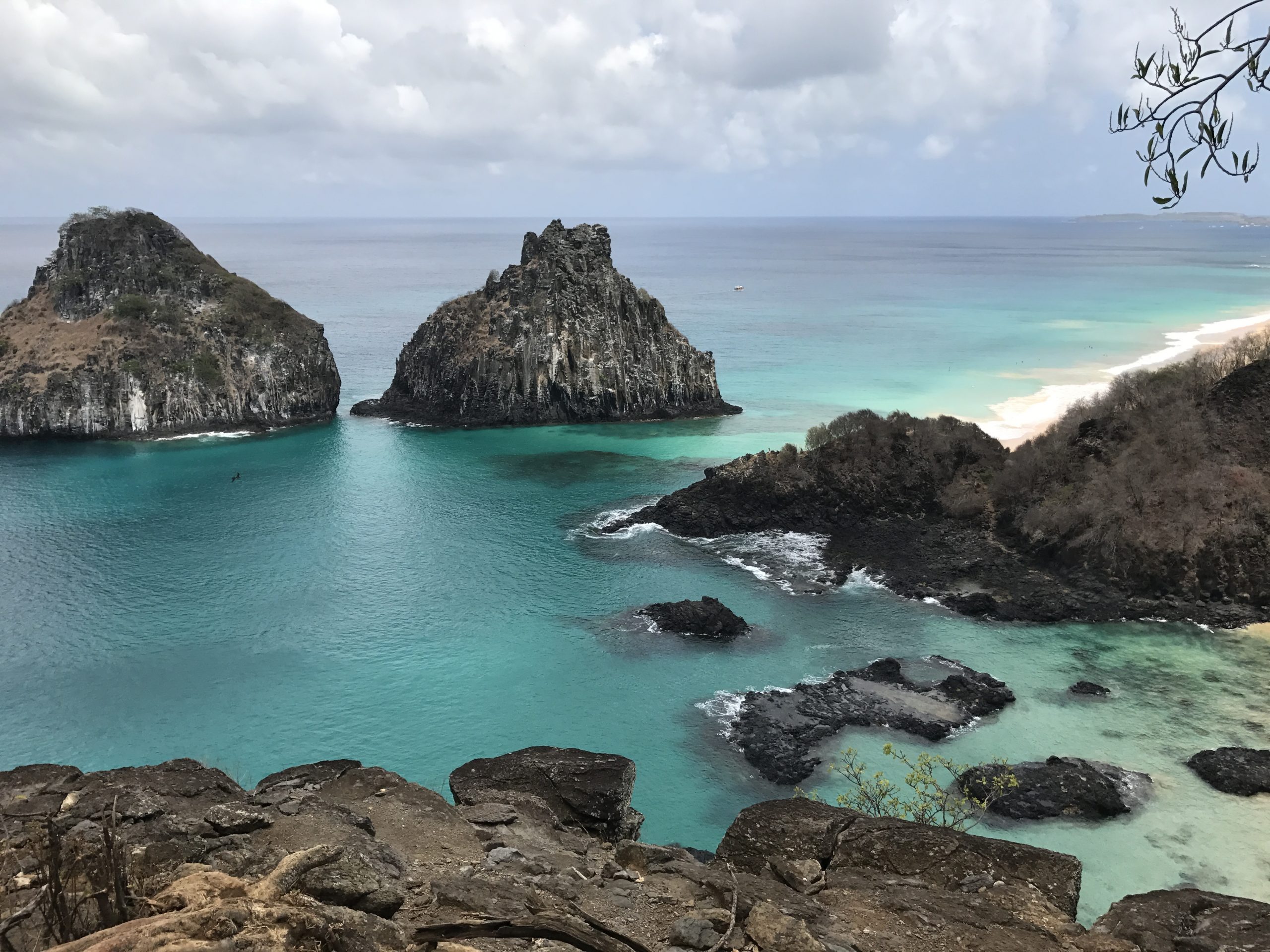
| Picture of the day |
|---|
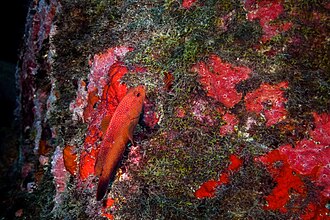
|
|
Coney (Cephalopholis fulva) camouflaged on a rock, Fernando de Noronha Marine National Park, Pernambuco, Brazil
|


CNA Staff, Oct 20, 2025 / 06:00 am (CNA).
As a competitive figure skater growing up, Rachael Popcak Isaac experienced firsthand the pressure that comes with competitive sports. Now as a devout Catholic and a professional counselor she has launched a new program for athletes inspired by St. John Paul II’s theology of the body.
The Faith-Based Success and Performance Coaching Program is offered by CatholicCounselors.com, where Isaac is chief operating officer.
In an interview with CNA, Isaac shared about her Catholic approach to the sports counseling program, which will offer resources such as tele-counseling, group workshops, and performance coaching.

CNA: What does sports therapy from a Catholic perspective look like? How does your approach differ from a traditional secular sports psychologist?
Rachael Popcak Isaac: From a Catholic perspective, sports therapy isn’t just about performance — it’s about the whole person: mind, body, and soul. Traditional sports psychology often focuses only on mental skills to improve performance. Those tools are valuable, but they can feel incomplete.
My approach integrates the science of performance with the truth of our identity being rooted in God and who God created us to be. That means I don’t just help athletes manage nerves or sharpen focus — I help them see their sport as part of their vocation, a way to glorify God and grow in virtue.
We work on confidence, resilience, and discipline, yes — but we root it in the deeper purpose of becoming the person God is calling them to be, on and off the field.
What inspired you to go into counseling and develop a Catholic-based coaching program? Will you tell us a bit about yourself and what led you to this work?
My background is twofold. I grew up as a dancer and competitive figure skater. So I saw the pressures, perfectionism, and anxiety that comes with sports, performance, competing, etc. I lived it. But I did the work to grow my skills and tools to manage stress and build my confidence in healthy ways and even learned to love performing rather than being afraid of it.
Likewise, I’ve always been fascinated by what helps people flourish. I studied psychology, became a licensed clinical social worker, and worked with individuals and families in traditional counseling. But I also saw the hunger people had for guidance that went deeper than just coping skills.
My own Catholic faith has always shaped how I see the human person — that we are created in the image of God, with dignity and purpose. CatholicCounselors.com integrates the best of psychology and performance science with the richness of our Catholic faith.
I want people — athletes, professionals, parents — to know that they can build confidence and resilience not by becoming “perfect” but by living fully as the person God created them to be.

How do you integrate St. John Paul II’s theology of the body into your sessions? Why are these teachings so important in your work?
The theology of the body reminds us that our bodies matter — they are not separate from who we are but integral to our identity. In performance work, this truth is huge. So often people live in their heads, battling anxiety, doubt, or perfectionism.
I help clients reconnect with their bodies, not as machines to be pushed harder but as gifts to be honored and trained in a way that reflects their dignity. Whether it’s an athlete learning to regulate their nervous system before competition or a professional learning to manage stress in their body during a high-stakes presentation, we use the body as a pathway to healing and growth.
St. John Paul II’s teaching gives language to the deeper meaning of this work: that our body reveals our call to relationship, to love, and to living fully alive.
What are the most common struggles that your clients face, and how does a Catholic approach help with these struggles? What would you tell Catholics facing similar struggles?
Most of my clients struggle with confidence, anxiety, and perfectionism. They’re often high-achievers who feel the weight of expectations — from themselves, others, or culture.
The Catholic approach helps because it grounds their worth in something unshakable: They are loved by God, regardless of wins, losses, or mistakes. That shift changes everything. Instead of seeing failure as proof they’re not enough, they can see it as part of the growth process — even as a way God is forming them.
I tell Catholics facing these struggles: Your confidence doesn’t come from never falling but from knowing who you are and who walks with you. Every challenge can be a chance to grow in resilience and trust.
Read More

| Picture of the day |
|---|

|
|
Gabrielle Aplin performing live at The Troubadour in Los Angeles, California. Today is her birthday.
|
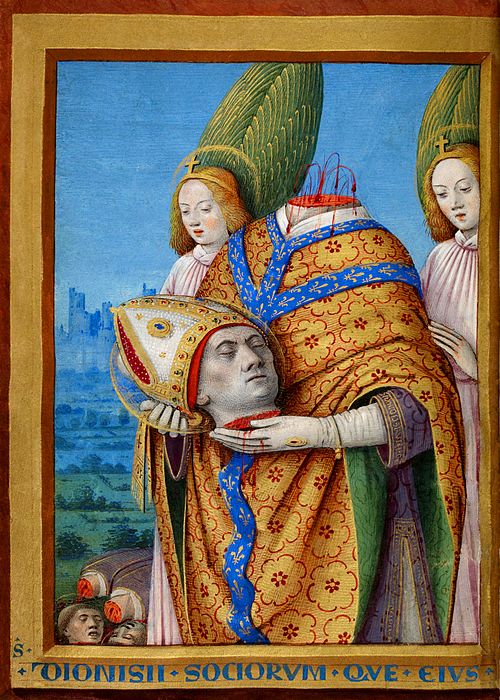


| Picture of the day |
|---|

|
|
Drone view of Lake Willoughby, Vermont, with Mount Hor on the left and Mount Pisgah on the right
|

| Picture of the day |
|---|
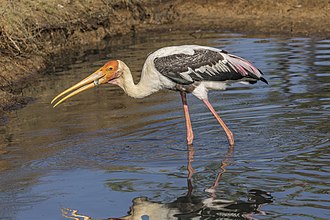
|
|
Painted stork (Mycteria leucocephala) catching a fish in Yala National Park, Sri Lanka.
|
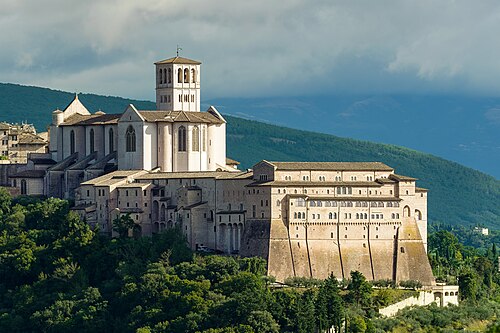

| Picture of the day |
|---|
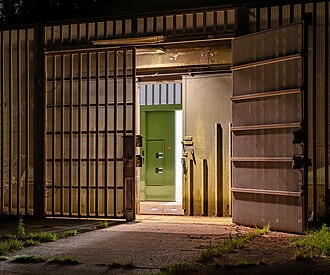
|
|
Three doors of the bunker 26 in the Dülmen-Visbeck special ammunition depot, Dernekamp hamlet, Kirchspiel, Dülmen, North Rhine-Westphalia, Germany
|
